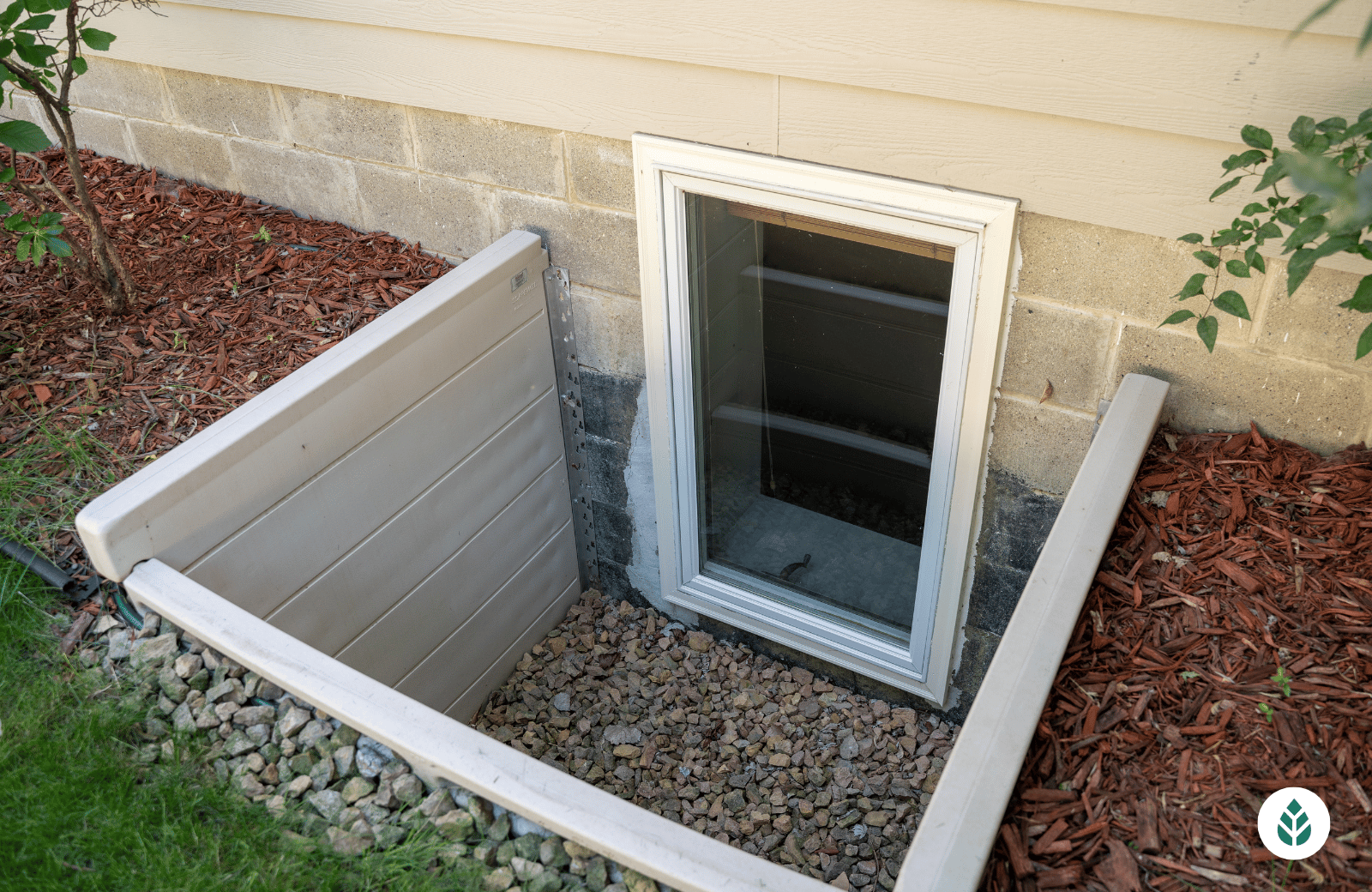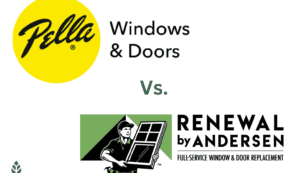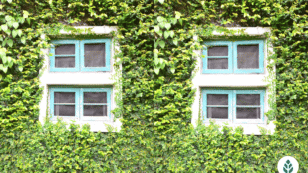

Egress Windows Cost of Installations and Buying Guide (2024)
In this guide on buying replacement egress windows, we’ll cover:
- The average cost to replace an egress window, which is around $500, and the typical price range, which is from $300 to $800
- Why replacement costs for egress windows are so much lower than initial installation costs
- Why egress windows are often some of the most energy-efficient options available
Each product and or company featured here has been independently selected by the writer. You can learn more about our review methodology here. If you make a purchase using the links included, we may earn commission.
Replacing an egress window in your home is possible as a DIY home improvement project, but it’s usually a better idea to leave the work to a professional. Thankfully, the total cost for a professional replacement hovers only around $500. Most homeowners get cost estimates between $300 and $800 per window.
In this guide to buying replacement egress windows, we’ll discuss what exactly an egress window is, the cost to replace one and the cost factors that can affect your total.
What Are Egress Windows?
Egress windows are windows that are installed in a sub-grade area, like an underground or partially underground basement. The window is installed in a window well so that the sash can open outward and allow an individual to exit out of it in the case of an emergency, like a fire.
Some egress windows are set up with an in-swing to minimize the size of the well. This can help minimize the egress window installation cost.
Technically, most windows are points of egress in your home, but the term “egress window” specifically refers to a window in a basement that serves as a point of egress. Egress windows aren’t found in any above grade — above ground — rooms. However, they are often a requirement for a finished basement to be considered a living area.

Renewal by Andersen

Save $375 Off Each Window
Average cost
Pros
- Great industry reputation
- Award-winning company
- Member of US Green Building Council
- Manufactures products in-house
Cons
- No lifetime warranty
- More expensive than competition

Window World
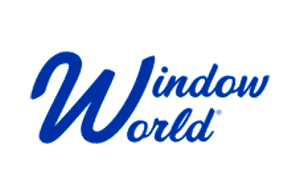
200 Locations Nationwide
Average cost
Pros
- EnergyStar Partner
- Large service area
- Wide variety of products and services
- Great industry reputation
- Lifetime warranty
Cons
- Quality of service will depend on your area

Window Nation
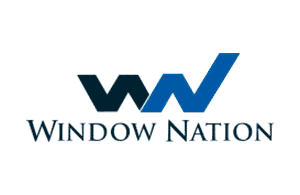
9 States (75 miles from showrooms)
Average cost
Pros
- Award-winning company
- Wide variety of products and services
- Manufactures products in-house
- Custom Designs
Cons
- Installation not covered by warranty
- Limited service area
Benefits of Egress Windows
Egress windows provide quite a few benefits that make them an appealing addition to basements. We’ll discuss the most compelling upsides in the sections below.
Improve the Safety of Your Home
The most compelling benefit to an egress window — and the reason they’re typically installed — is that they make basements safe living spaces by providing a point of exit for emergencies. Basements can be considered legitimate living areas in most cases once they have egress windows installed. They’re sometimes only required in the basement bedrooms.
Add Value to Your Home
Since egress windows can effectively turn basements into living space, they often add quite a bit of value to your home. The addition of this window style makes what might be an otherwise unwelcoming space into a usable and highly sought-after area.
Cost Less to Replace Than to Install
One benefit to having egress windows in your home already is that they cost less to replace than most windows. Replacing an egress window typically costs less than the initial installation. A large portion of the installation process is excavation and installing the window well, and replacement thereafter just involves removal of the old window and installation of the new one.
Provide Access to Ventilation in Basements
A pretty significant downside to many basements is that they lack ventilation and airflow. Hopper windows are common in basements, but they provide little access to fresh air. Basement egress windows open fully, like casement windows, so they can give you optimal ventilation and can create a cross breeze.
Provide Natural Light to Subgrade Spaces
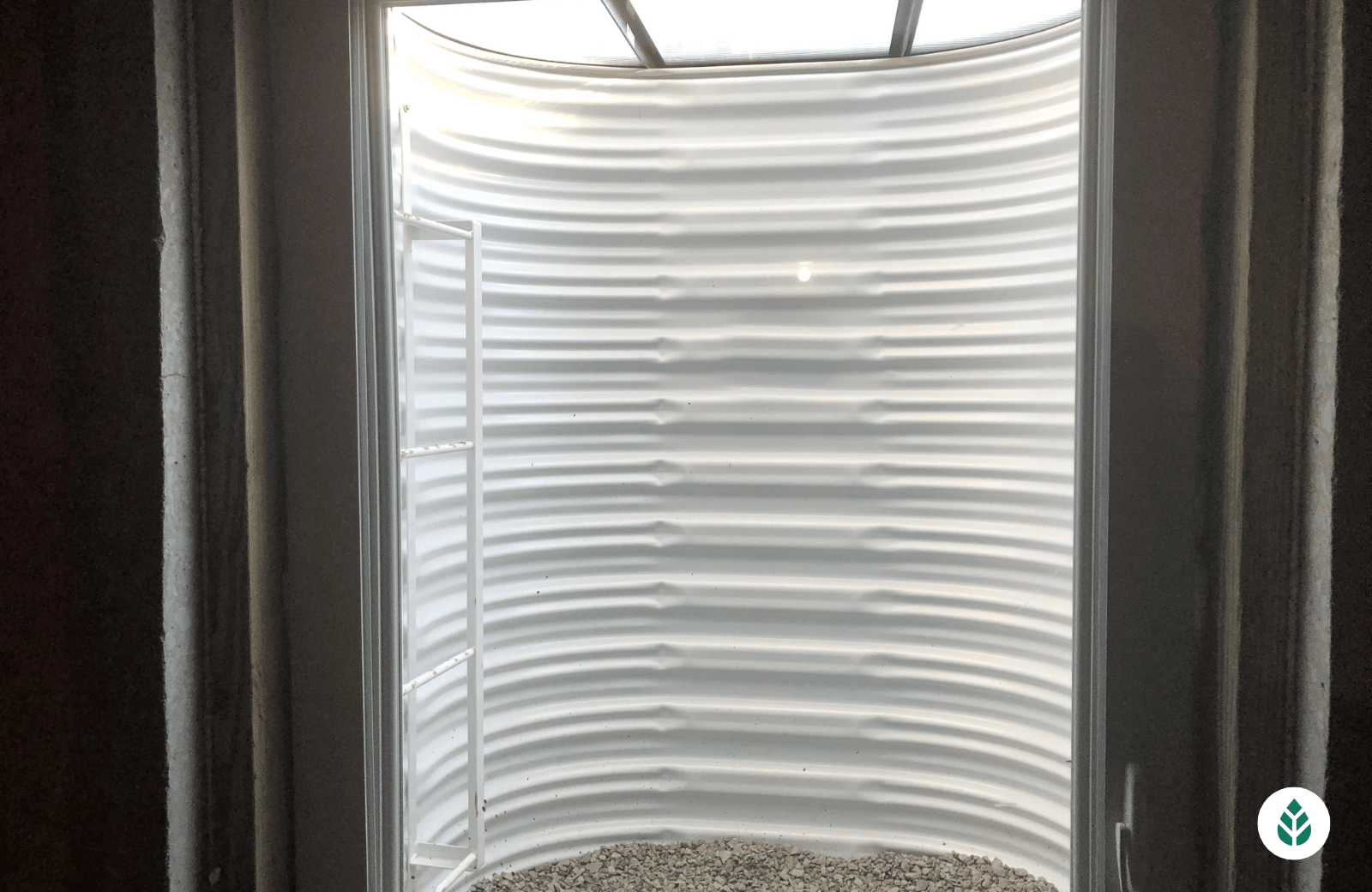
How Much Are Egress Windows Really?
The typical cost to install an egress window is around $3,000, or anywhere from $1,000 to $5,000. However, this includes excavation and the installation of a egress window well. The cost to replace an egress window is much lower: only around $500. Most property owners pay between $300 and $800 to replace a single egress window.
Egress Window Cost Factors
As is the case with all other window styles, the material costs can vary quite a lot depending on the specific window you want installed. Below, we’ll discuss the various material cost factors that can push your total below or above the national average.
- Window Style: The term “egress window” refers to any window in a basement or under-home area that opens wide enough for a person to exit through. Generally, you can choose between a casement and a sliding window, as options like single-hung windows and double-hung windows don’t provide enough space for an adult to escape through to get to ground level. The window you choose will affect your pricing.
- Window Size: All windows are priced, at least in part, based on how many square feet the window takes up. Egress windows have a minimum opening requirement, but you can always opt to go for greater square footage and pay more for your window.
- Frame Material: Most windows are available with different frame material options. These include vinyl, aluminum, wood, fiberglass and composite material. The option you choose can lead to a difference of hundreds of dollars in material costs, as well as varying levels of energy efficiency.
- Window Quality: The quality of your window’s construction is an important factor to consider as well. High-end windows will typically last longer and hold up better to changes in moisture and temperature. The quality of the internal components of your window is especially important if you’re using casement windows as egress windows.
- Window Brand or Series: You’ll usually have plenty of options when it comes to the brand of egress window you want to install. To some degree, the brand determines the quality and longevity of your window, and it can also affect the warranty coverage you receive.
- Glass Choice and Treatments: Most window types — including egress windows — can be fitted with single-pane, double-pane or triple-pane glass. The more panes you add, the better insulation you’ll have, but the higher your price per window will be. You can also add on glazing options, like low-E (low-emissivity) glass coatings and window tinting for improved efficiency and interior comfort.
- Accessories: Depending on the type of egress window you install, you’ll have your choice of locks, muntins, grilles and other mechanisms and components. You can choose high-end options for an added cost to match your decor or budget options to keep costs down.
- Permit Cost: Finally, basement windows often require a permit to replace to ensure that the window complies with fire and safety code requirements. Your permit will typically cost between $50 and $200, so you will need to add this amount to your replacement price.
Installation Pricing Factors for Egress Windows
Material prices will usually account for the majority of your cost estimate, but labor costs will also undoubtedly play a role in your total. Below, we’ll discuss some of the more crucial things to consider in terms of the labor charges and how each affects your pricing.
- Widow Size and Shape: The size of your window will affect your cost of materials, but it can also affect the cost of labor. Larger windows can be challenging to carry and maneuver into place, which demands multiple window technicians be on site. This will, of course, push your installation price higher.
- New Vs. Replacement: If you’re installing a new egress window, your price can easily be three to four times more expensive than a replacement. Installing a new egress window involves excavating around your foundation, installing a window well and well cover and then installing the window. Replacing an existing window requires half the work and will, therefore, cost much less. Installing a new egress window on new construction usually falls somewhere in the middle since the equipment is likely already on site, and excavation may not be necessary.
- Lift Required: Window lifts are usually required for second-story windows, but they’re sometimes needed to lower egress windows into window wells. This is usually only required if you’re installing large windows below grade.
- Stucco Repair: If you have stucco siding, it can get a little banged up during the replacement process. The material can chip and crack from impact and from settling of the installed window. As such, you might need to add $100 or so to your total for stucco repair.
- Seasonality: Window companies are in the highest demand in the spring and summer months, as most property owners avoid opening up exterior walls in the colder weather. If you can avoid these high-demand months, you’ll likely be rewarded with lower labor costs.
- Geographic Location: Finally, the location of your home can affect the rates you pay for labor. Hourly rates tend to be higher where the cost of living is high, so this can play a small role in your overall replacement prices.
Average Costs of Egress Windows by Window Style
As we mentioned above, the two most common types of windows used for egress windows are casement and sliding windows. Both of these provide ample room for egress. We’ll include a quick pricing estimate for your window project based on the styles in the table below.
| Style of Egress Window | Typical Cost to Replace (Per Window) |
| Casement Window | $500 |
| Horizontal Sliding Window | $600 |
Egress Window Prices by Size
According to the International Residential Code (IRC), egress windows need to be at least 5.7 square feet. However, you can certainly install larger windows for easier access, more ventilation and more sunlight. We’ll include some common egress window sizes in the table below, along with typical pricing.
| Size of Egress Window | Typical Cost to Replace (Per Window) |
| 28” x 48” | $400 |
| 30” x 40” | $400 |
| 30” x 48” | $450 |
| 36” x 48” | $500 |
| 36” x 60” | $600 |
| 48” x 48” | $600 |
| 60” x 35” | $700 |
| 60” x 48” | $800 |
How to Purchase Egress Windows
You have two options for purchasing egress windows: buy from a manufacturer — like Andersen or Milgard — or buy from a retailer or home improvement store, like Costco, Home Depot or Lowes.
If you choose the former, you’ll usually get higher-quality windows, better warranty coverage and more customization options, including size and color. However, the cost is often higher, and you might have to wait a while for construction and delivery. Still, we recommend exploring this route before deciding either way.
If you choose the latter, you’ll have instant access to your new windows, and you’ll have a wide range of choices as far as brands go. You can also opt to do a DIY window installation to save some money. However, overall quality tends to be lower, and the installation services — if they’re included — often don’t have as appealing of a warranty.
Best Egress Window Brands and Pricing
While some companies don’t specifically manufacture egress windows, most offer casement and sliding windows that can be used as replacement egress windows. The brand you choose will play a role in the price you pay for your window, the durability, quality and warranty. We’ll include some average pricing for popular window brands below.
| Window Brand | Average Installation Cost (Per Window) |
| American Craftsman | $300 |
| Andersen | $600 |
| Certainteed | $800 |
| Harvey | $800 |
| Hy-Lite | $450 |
| Jeld-Wen | $400 |
| Marvin | $650 |
| Milgard | $700 |
| Pella | $650 |
| Reliabilt | $400 |
| Simonton | $650 |
How to Get the Best Prices on Egress Windows
Unlike installing egress windows, replacing them is relatively affordable. Still, most property owners will want to keep costs down as much as possible when replacing windows in their homes. There are a handful of things you can do to reduce your total expenditure.
First, you can choose materials and options that balance upfront affordability and energy efficiency. This will help keep present costs down but also increase energy savings over time. Some well-balanced options include:
- Vinyl window frames: Vinyl is the most commonly chosen window frame material because it’s more affordable than composite material and fiberglass window frames — sometimes less than half the price — but it offers decent efficiency. Vinyl is also quite durable, so investing in a vinyl egress window means you likely won’t need another replacement for 20 years or more.
- Double-pane glass: Double-pane glass is also a good mid-way option between the most affordable — single-pane glass — and the most expensive — triple-pane glass. It’s not as efficient as three panes, but it provides a more significant reduction on energy bills than single-pane glass does.
- No glazing add-ons: Some property owners choose a low-E coating or window tinting to help keep solar heat and UV rays out of their living spaces. While these options do make a difference in terms of efficiency and insulation, they also bump up the cost of your window. Unless you live in an area with intense and abundant sunlight — like Arizona — these upgrades might not make financial sense.
- No hardware upgrades: Finally, you can decline hardware upgrades, which sometimes include different materials for locking mechanisms, hand cranks, muntins, grilles and more.
Another great way to save some money on your egress window installation is to time the project properly. If you’re not in a rush to swap out your existing windows, consider waiting until the fall or winter. The demand for replacement is lowest then, which leads to slightly lower labor charges.
Similarly, you can wait for holidays, as some window manufacturers will offer deals on new windows to drum up business.
Finally, you can choose to replace more than one or all of the windows in your home. You will, of course, pay more than just replacing one, but many installers will give a per-window discount because they save travel time and will likely prioritize larger jobs overall.
Calculating Egress Windows Budget
With all of the cost factors for material and labor charges above, calculating what your budget needs to be to replace an egress window can seem like a real challenge. There is an easy calculation you can use to estimate your cost of replacement, though. We’ll provide this calculation, as well as a sample with estimated numbers below.
(Frame cost + glass cost + labor costs + glass coatings + window accessories) = total egress window replacement project cost
(OPTIONAL: Egress Window Replacement Cost * 0.95 * # of windows in your home [to estimate the cost per window if you replace all windows in your home at once]
If you choose an installer like Milgard, which costs above average, avoid glazing options and opt for standard vinyl frames and double-pane glass, your numbers will look similar to the below example:
- ($250 + $100 + $150 + $0 + $0) = $500
or
- ($250 + $100 + $150 + $0 + $0) = $500 = $500 * 0.95 * 10 windows = $4,750 for 10 windows
FAQ: Egress Windows
The initial installation process for an egress window is quite involved and expensive. It involves:
- Getting a structural engineer’s report to confirm that it’s safe to install
- Excavating next to your basement wall
- Installing a window well
- Cutting through the concrete for the window opening
- Installing the egress window
- Sealing around the window and insulating, if necessary
- Filing for building permits and scheduling inspections with your local municipality
From start to finish, this process can easily take a month or longer, while the work itself can typically be done in about a week. Most of the delay will come from the permitting process.
If instead, you just need to replace an existing egress window, the process is much shorter and should take around an hour. Your window installer will just need to remove the old window like any other style, install the new one and seal around the window opening. If the size of the window opening needs to be changed, you’re probably looking at a one- to two-day affair.
Yes, absolutely! Firstly, replacing any windows in your home can increase the value of your home because savvy buyers will know that the home’s energy efficiency has increased — which saves them money on electric bills — and that they won’t have to replace the windows themselves shortly after closing.
Installing egress windows can be especially beneficial because they allow your basement to be considered and used as living space. If you have a single-floor home, installing egress windows according to building code could double your living space, boosting home value.
Finally, even if your basement isn’t considered living space after egress window installation, large windows in the basement bring in lots of sunlight and ventilation in an area that typically has very little. This can make your basement more inviting, which can make your home more valuable overall.
Egress windows can be very safe, although it depends on the type of window you install in your basement.
Generally speaking, a sliding egress window is more secure than a casement egress window. Casement windows rely on hardware to keep them secure, and this can rust and weaken over time.
With that being said, egress windows add safety for the occupants of the home, as they provide an emergency exit in case of a fire or other issues. As such, egress windows are usually beneficial from a safety standpoint.
In many cases, yes, egress windows are worth the high cost of installation. They make your below-ground area more comfortable and inviting, and they can add a ton of living space to your home.
Most importantly, they make your basement a safe place to be by providing an emergency escape route. If you frequent your basement or plan to have someone live down there, egress windows are not only worthwhile but are essential.

 233k
233k  41k
41k  Subscribe
Subscribe 
